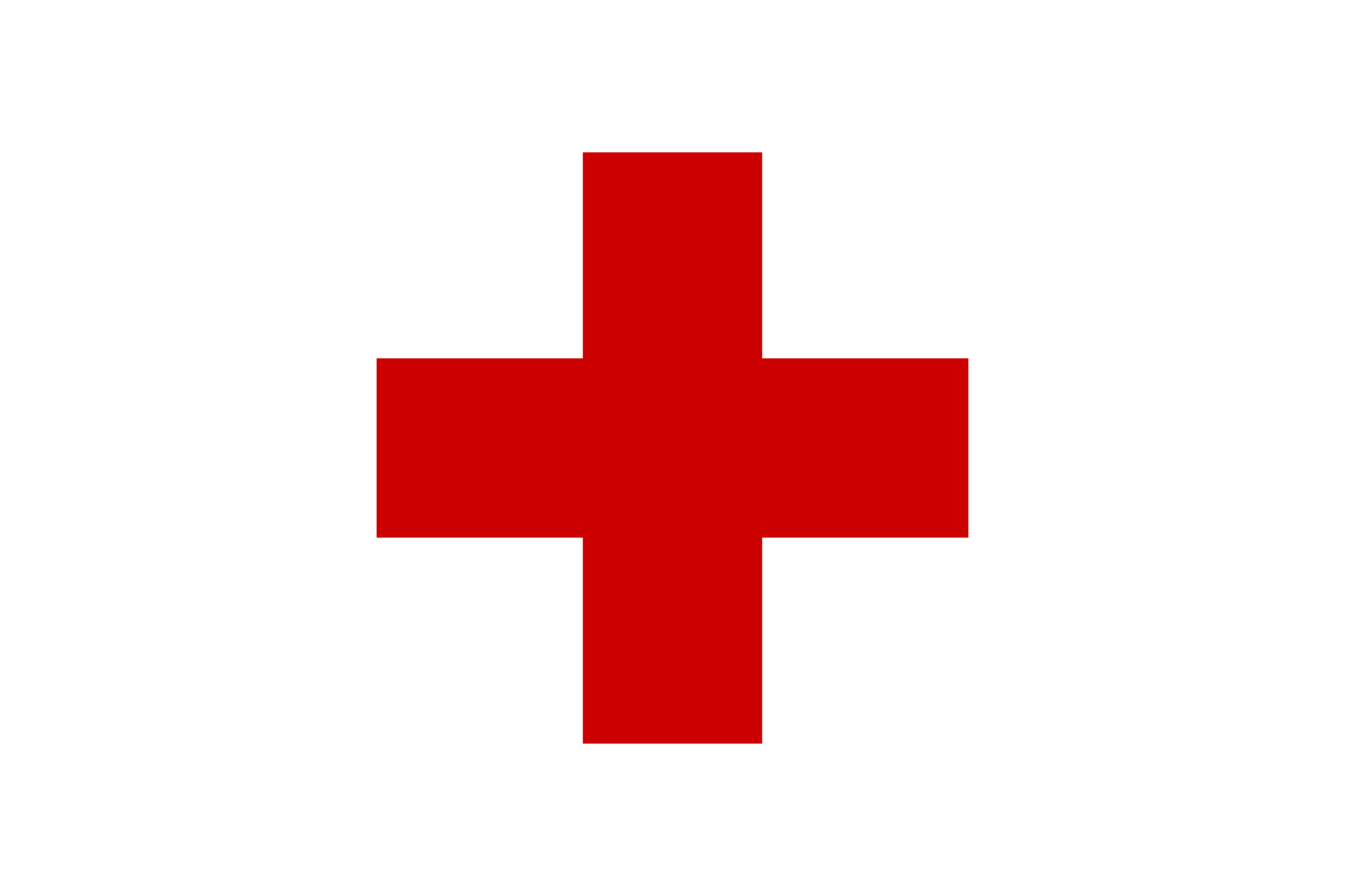IDMH students, faculty perform field response following apartment fire
 SUNY New Paltz students studying in the Institute for Disaster Mental Health (IDMH) had an opportunity to apply their emergency response skills in the wake of an Oct. 30 fire in a Poughkeepsie, N.Y. apartment building.
SUNY New Paltz students studying in the Institute for Disaster Mental Health (IDMH) had an opportunity to apply their emergency response skills in the wake of an Oct. 30 fire in a Poughkeepsie, N.Y. apartment building.
More than 300 residents were displaced following an electrical fire that occurred in the Rip Van Winkle Apartments. Dozens of those individuals and families had no immediate options for places to stay, so the American Red Cross established a temporary shelter at the Mid-Hudson Civic Center for them.
IDMH Director Amy Nitza, who in addition to her work at the College is a disaster mental health volunteer, first arrived at the shelter on Nov. 1, and immediately spotted a chance for New Paltz students to have an impact.
“We prepare for this every semester by placing students in Red Cross sites or county emergency management sites, where they learn about preparation and planning for an event,” she said. “They have the knowledge from the disaster psychology courses and their Red Cross trainings, but walking into a live situation really tests their ability to apply that knowledge, to see what the needs are responding on the fly and to understand why all the preparation is so vital.”
The Disaster Practicum students went with Nitza to the shelter on Nov. 2, in lieu of their normal class meeting. Some students were able to stay for a full eight hour shift; a valuable experience, in part, because it took a big chunk out of the 90 field work hours that are a requirement for course completion.
The volunteer work ranged from providing displaced residents with emotional support services, to helping occupy the many children who were staying at the shelter, so their parents could attend to other matters.
If this kind of work does not sound like a typical Red Cross response, that’s kind of the point – there is no “typical” emergency response, and that’s one of the most important lessons for IDMH students to absorb.
“You can learn more from this kind of direct experience than in any other setting,” said IDMH graduate assistant Cynthia Stewart ’19g (Mental Health Counseling). “You see how to actually apply what you’ve learned about disaster response, and how important it is just to meet people’s basic needs.”
“For people who are licensed, disaster mental health is often a volunteer position, and when I get my license I feel it will be good to use my time in that way,” Stewart added. “Putting your time in when you can, especially in your community, can be really valuable.”
More information about the Institute for Disaster Mental Health at SUNY New Paltz is available online.

